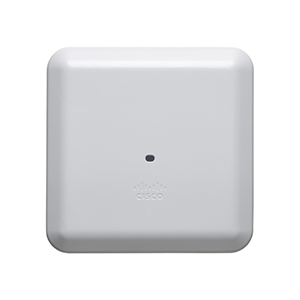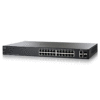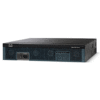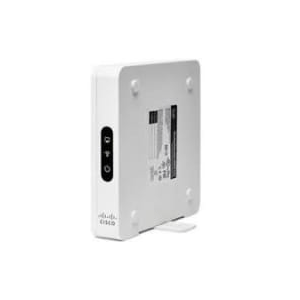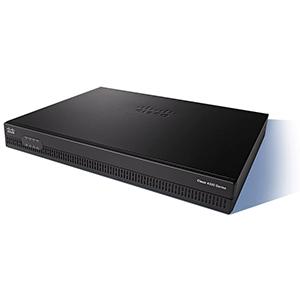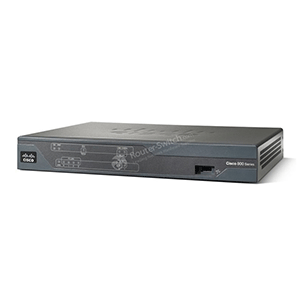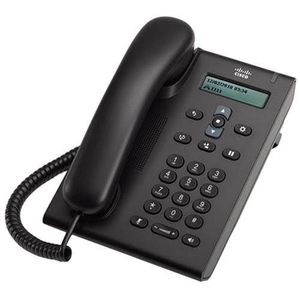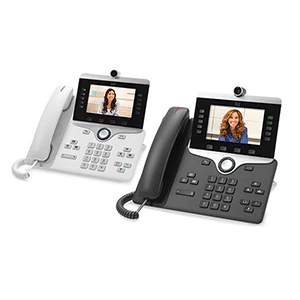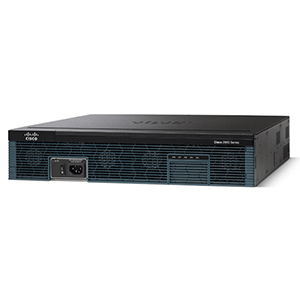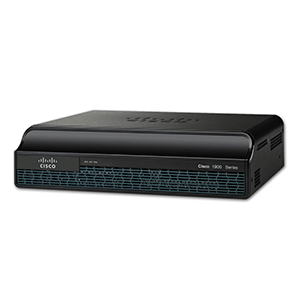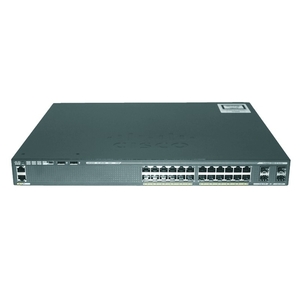For organizations paving the way for the 802.11ac Wave 2 standard, the Cisco Aironet 3800 Series is the perfect solution. The access points go beyond getting ready for the changing standards, providing the ultimate in flexibility and versatility. For large enterprise organizations that rely on Wi-Fi to engage with customers, the 3800 Series is a hands-off product that’s intelligent enough to make decisions based on end-device activities and usage. This automation allows you to devote time to other pressing matters, secure in the knowledge that your Wi-Fi network is performing to its utmost potential. The Aironet 3800 Series is packed with the features and capabilities that have made Cisco the industry leader, at a price point that is ideal for managing wireless growth, capacity, and coverage gaps in dense indoor environments.
802.11ac Wave 2 support
Provides a theoretical connection rate of up to 2.6 Gbps per radio – roughly double the rates offered by today’s high-end 802.11ac access points.
High-density experience
Best-in-class RF architecture that provides high-performance coverage for a high density of client devices, giving the end user a seamless wireless experience. Features include custom hardware in 802.11ac Wave 2 radios, Cisco CleanAir, Cisco ClientLink 4.0, cross-access point noise reduction, and an optimized client roaming experience.
Multiuser multiple-input multiple-output (MU-MIMO) technology
Supporting three spatial streams, MU-MIMO enables access points to split spatial streams between client devices, to maximize throughput.
Multigigabit Ethernet support
Providing multiple Gigabit uplink speeds of 2.5 Gbps and 5 Gbps in addition to 100 Mbps and 1 Gbps speeds. All speeds are supported on Category 5e cabling for an industry first, as well as 10GBASE-T cabling.
160-MHz channel support
Supporting channels up to 160 MHz wide, Dynamic Bandwidth Selection allows the access point to dynamically switch between 20-, 40-, 80-, and 160-MHz channels, depending on the RF channel conditions, providing the industry’s well-performing wireless network.
Zero-impact Application Visibility and Control
Uses dedicated hardware acceleration to improve the performance of line-speed applications such as Cisco Application Visibility and Control.
Dual 5 GHz radio support
Enables both radios to operate in 5 GHz client serving mode, allowing 5.2 Gbps over-the-air speed while increasing client capacity.
Smart antenna connector
An intelligent second physical antenna connector is included on 3800 Series models with an external antenna. This connector provides advanced network design flexibility for high-density and large open-area environments such as auditoriums, convention centers, libraries, cafeteria, and arenas/stadiums, allowing two sets of antennas to be connected and active on a single access point.
Automatic link aggregation (LAG) support
802.3ad (Link Aggregation Control Protocol [LACP]) compliant, allowing both Gigabit Ethernet interfaces to automatically enable LAG, increasing overall throughput to the access point.
Cisco ClientLink 4.0
Cisco ClientLink 4.0 technology improves downlink performance to all mobile devices, including one-, two-, and three-spatial-stream devices on 802.11a/b/g/n/ac while improving battery life on mobile devices such as smartphones and tablets.
Specifications
For organizations paving the way for the 802.11ac Wave 2 standard, the Cisco Aironet 3800 Series is the perfect solution. The access points go beyond getting ready for the changing standards, providing the ultimate in flexibility and versatility. For large enterprise organizations that rely on Wi-Fi to engage with customers, the 3800 Series is a hands-off product that’s intelligent enough to make decisions based on end-device activities and usage. This automation allows you to devote time to other pressing matters, secure in the knowledge that your Wi-Fi network is performing to its utmost potential. The Aironet 3800 Series is packed with the features and capabilities that have made Cisco the industry leader, at a price point that is ideal for managing wireless growth, capacity, and coverage gaps in dense indoor environments.
Related products
Cisco IP Phone VOIP
Cisco IP Phone VOIP
CISCO PRODUCTS

